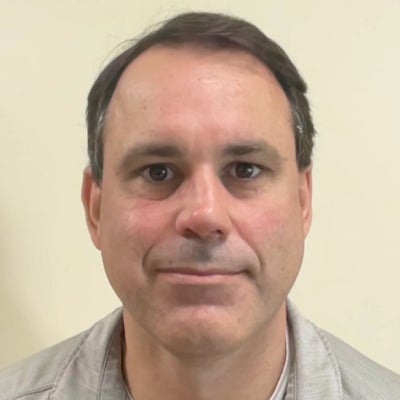| 7/1/22. PI. University of Connecticut Avery Point “NIUVT 2021 COMP 40 ; A fluid-structure-interaction methodology for designing metamaterial coatings for drag reduction” |
| 7/1/22. PI. University of Connecticut Avery Point “NIUVT 2021 COMP 40 ; A fluid-structure-interaction methodology for designing metamaterial coatings for drag reduction” |
| 9/27/2921. Co-PI. Department of Energy. “Design, optimization, and control of floating offshore wind farms for optimal energy production.” |
| 3/9/2020. Co-PI. National Institute for Undersea Vehicle Technology, University of Connecticut. “NIUVT: SEED 12: Modeling the Turbulent Boundary Layer/Wake Properties of Advancing Submerged Bodies.” |
| 3/9/2020. Co-PI. National Institute for Undersea Vehicle Technology, University of Connecticut. “NIUVT: Comp 11: Computationally Efficient Machine-Learning Algorithms & Experimental Design.” |
| 12/19/2019. PI. Creare Inc. "Phase II SBIR: Development of Ship Motion Sea State Predictor." |
| 1/11/2019. PI. Creare LLC. “Estimation of Sea State Based on Measured Ship Response.” |
| 12/16/2018. PI. US of Office of Naval Research “Integrated Experiments and Simulation for Hydrodynamic Control and Detection.” |
| 3/16/2018. PI. US Office of Naval Research. “Integrated Experiments and Simulation for Hydrodynamic Control and Detection.” |
| 3/15/2018. PI. Creare LLC. “Estimation of Sea State Based on Measured Ship Response.” |
| 10/26/2017. PI. US Office of Naval Research. “Integrated Experiments and Simulation for Hydrodynamic Control and Detection.” |
| 7/20/2017. Co-PI. US Office of Naval Research. “Further Development and Validation of an Efficient Hybrid-BEM-LBM Model for Fluid-Structure Interaction Problems.” |

